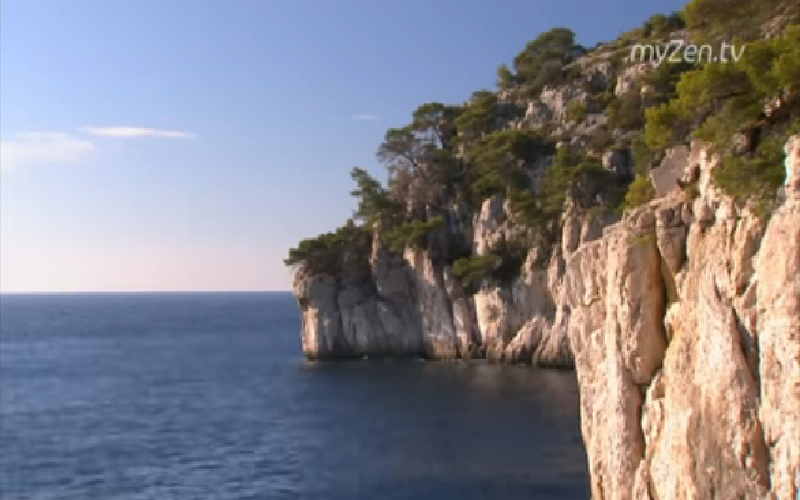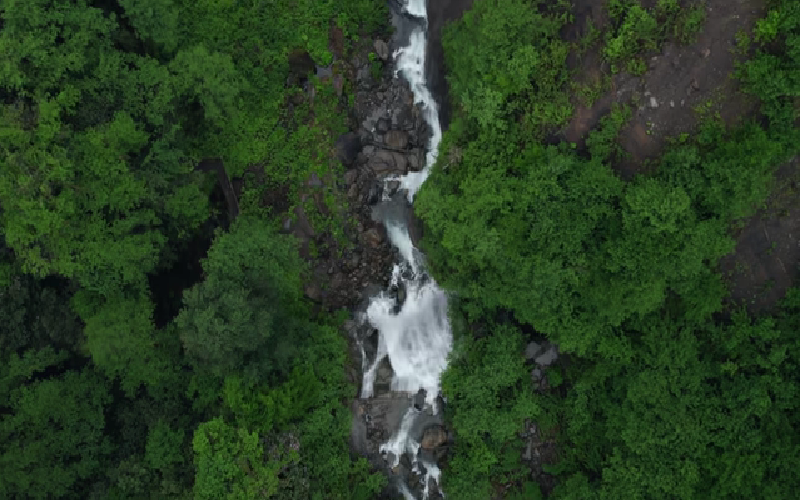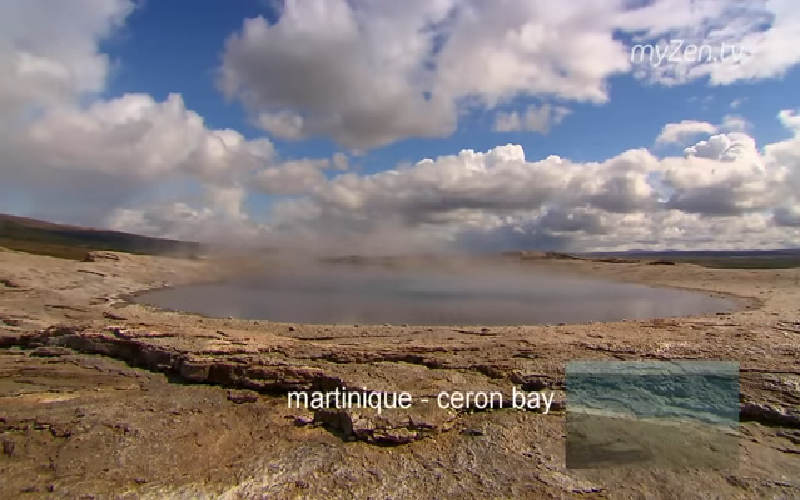
Good afternoon my friends. Do you love stories about treasures that were lost long ago and still haven’t been found? I am very. And today I told you a story about one of the largest underwater kdats.
A fabulous golden treasure is hidden at the bottom of the Black Sea in the holds of the British ship Black Prince. It is this legend that haunts scientists and treasure hunters for 161 years.
Some are wondering where the place of the death of the mythical steamer is near Sevastopol or between Shabla and Cape Kaliakra, while others dream of capturing the precious metal in the form of pounds sterling.
After many expeditions, millions and dozens of spent attempts, the mystery remains unsolved. The facts only indicate that the most popular ship in the Black Sea was actually called the “Prince” and was destroyed during a terrible storm on November 14, 1854 near the city of Balaklava, now the Sevastopol region.
An iron steamer with sails and masts, built just a year earlier, was sent here to transport goods, and the 46th British Regiment was sent to participate in the Crimean War. This is stated in the message of the National Maritime Museum in Greenwich, sent to the Varna Naval Museum.
According to some researchers, the ship was renamed by the treasure hunters of the “Black Prince” for greater mystery, according to others – due to the fact that its hull was black, the Trud newspaper writes.
Black or not, the Prince delivered a valuable cargo to the Black Sea. According to legend, there were 30 barrels of gold coins in the holds, intended for the salary of the queen’s army sent to the Crimea. After a grueling journey from Albion through the dangerous Bay of Biscay, the Mediterranean Sea and the Strait, the steamer reached the Allied naval base at Balaklava.
However, her anchors were lost and another ship occupied the port. Therefore, the soldiers were brought ashore by boat, and the Prince remained to wait for the attack with several other warships.
Unfortunately, a terrible storm broke out, flooding the entire flotilla. The occupation of the Crimea continued for another 8 months, and immediately after its completion, the hunt for the queen’s sunken gold began.
The French made the first expedition in 1875. They found a dozen sunken ships, but not the Prince. Then the Italians, Norwegians, Americans and Germans tried it. And until 1922, everything was in vain, but then a diver discovered several gold coins near Balaklava.
By Lenin’s decree, the Bolsheviks immediately formed a special EPRON detachment, which was supposed to find the “Prince”. After 3 years, the team found the remains of an iron ship, and Japanese divers took over the search for the treasure. But this expedition also ran into a snag.
After half a century and more than 2 million gold rubles spent on expeditions, the treasure remained at the bottom. According to some researchers, this is a myth because the only ones who have never looked for it are the British themselves. There is no record of gold casks in the archives of the Greenwich Museum.
The steamer carried 40,000 pieces of uniforms, socks, gloves, cannonballs, ammunition and medical equipment, totaling £500,000.
According to oceanographer Trayan Trayanov, even if it was wrecked near the White Rocks near Balaklava, the Prince could have been swept up to Bulgarian waters. In his book Secrets of the Seabed, he explains that the wool and fabric of army overcoats and underwear provided significant lift by counteracting the weight of the ship’s hull.
Thus, pierced and out of control, it could be taken up by the current, which rotates counterclockwise, and completely sink to the northern Bulgarian coast.
Trayanov’s revolutionary hypothesis, published in the Morskoi Vestnik many years ago, caused much controversy and provoked new expeditions, this time around Cape Kaliakra. Instead of “Prince” in 2004, divers stumbled upon the silhouette of the Swedish steamer “Christina”, which, unfortunately, carried only fuel.
Another 80 shipwrecks have been discovered by oceanographers during recent surveys of the seabed between Kaliakra and Cape Sivriburun in Romania. “None of the finds looks like a Prince, so the search continues,” Professor Atanas Palazov, head of the Institute of Oceanology of the Bulgarian Academy of Sciences, told the romantics.
What do you think, were there coins on board the ship or is it just another duck?


